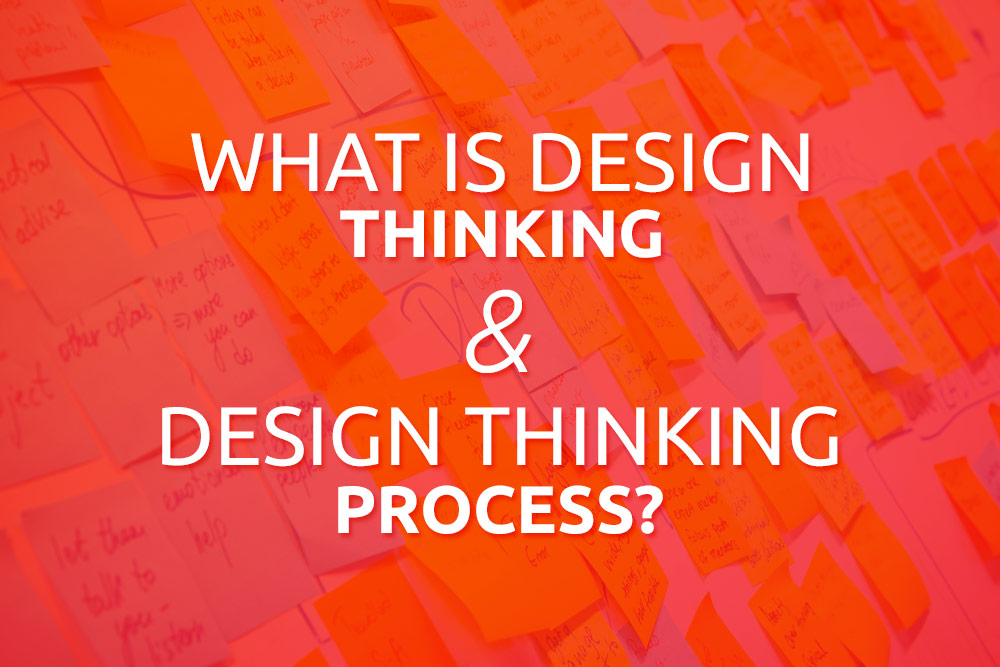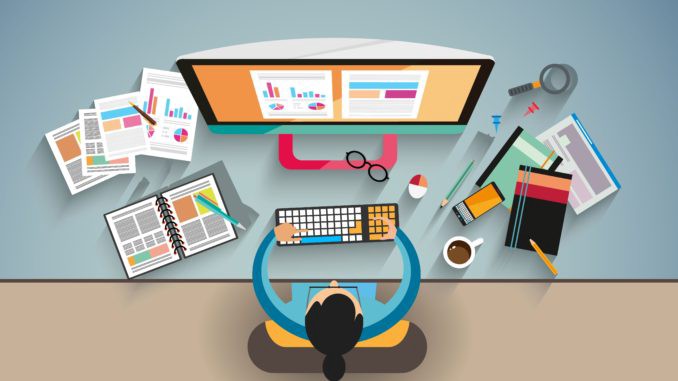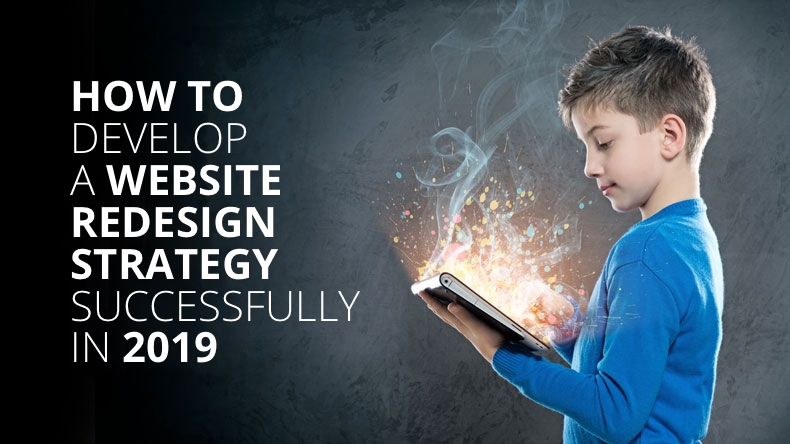"Design thinking is an undeniably powerful tool for companies, but what does it look like in practice?"
Content Index:
- Introduction
- Three elements of Design
- Design Vs. Design Thinking
- Common Mindset
- Design Thinking Process
- Top 3 Design Thinking Books
Article Index:
Introduction
Talk about the business catchwords, and one label that wins the tag war is 'Creative.' Yes, every company wants to ride high in this race of creativity and user with their idea of innovation.
The slogan 'innovate or die' stands true to its words as brands can only survive in the market if they are continually innovating and offering something new on the platter with time. That said, innovation and creativity don't come easy.
They are like tight spots in the process, not just accomplished by the mere presence of intent and involve much more action. Now, to delve more into this phenomenon of creativity, we must understand the dynamic concept of 'design thinking' that fully caters to the user-oriented, prototype-centered process of innovation ideally suited for the product, service, and business design.
With design thinking becoming a hot topic in the design and startup community, it is high time we acquaint ourselves with the approach and benefit from the same.
Okay, the basics first. What is design thinking? How can we make the most of it? Is it a methodology or a philosophy? Well, design thinking is a systematic approach to handling problems and generating new opportunities.
The concept is pertinent to any field and purpose. Say, if you want to build a new product or customer experience or even take the business to the next level, this approach touches everywhere. We have seen that the design principles contribute significantly to elevating the success rate for innovation.
Even the design-centric firms like Apple, IBM, Coca-Cola have delivered an extraordinary performance in the last ten years by achieving 219% in the S&P 500.
The Point
As we know, Design has a robust quality that renders desirability and appeals to both the products and services. It is no longer limited to creating objects. Companies now aspire to 'think' like designers and make use of the design principles to excel at the workplace. Design thinking stands fundamentally to successful strategy development and organizational change.
The firms that are eager on the design-thinking shine in their endeavors of consistently redesigning their business. They leave no stone unturned in unleashing the best of innovation and efficiency, the dynamic duo that fires upconversion in the market.
Be it leading, managing, creating, and innovating, everything can be designed. The robust design way of thinking is relevant to systems, procedures, user experiences, and protocols. After all, the main aim of the Design to enhance the quality of life of people and the planet.
The approach arms the designers to sort out complicated issues and emerge with appropriate solutions for clients. Remember, a design framework is not problem-oriented rather solution-oriented and directs action to lay a preferred future.
Design thinking drills should be on imagination, intuition, logic, and systematic reasoning to churn out chances of what could be and also deliver results that satisfy the end-user. It feeds on designer's sensibility and methods to fulfill people's needs with what is technologically viable and even brings to light business strategies that target customer value and market opportunity.
3 Elements of Design
Design is a creative process that brings the physical qualities of a product and aesthetic considerations together.
Generally, Design comes from the three elements: usability, utility, and desirability, which takes the user experience of the Design to the next level. Let me explain to you all these in detail:
1. Usability
As we know, products are always designed to solve a problem. The design should be usable, only the pretty pixels on a page are not enough.
After all, users want products that they can use easily. If your product has better usability than the user won't care as much about the product's simplicity and features.
Effective Design is always intuitive, and it should focus on the user's attention and can retain the user to take the required action.
2. Utility
Product always designed to fulfill the need and solve the problems. As the product does those, so must the functions that go along with it.
If you find that any features do not work as we want, drop that from the app for good usability.
In short, like the overall product, features should be useful and usable to the users; otherwise, these become extra to the product.
3. Desirability
Jon user researcher @Google state that mobile creates "a whole new level of this need for desirability." because mobile objects are easy to touch and manipulative. Above that, it removes the obstacle and makes you more experimentative.
We can't control the user's feelings towards the products, but we can understand the user's needs and influence them accordingly. Desirability is how we can manipulate users to take action using the Design. Appropriateness depends on how one uses the content, form element, and visuals.
A journey from a website browsing to lead conversion following elements help:
- Form Element (Button and Menus) finalize the context.
- Storytelling Design Helps in context.
- & many more!
Design vs Design Thinking
Design is not all about looks. People are restricted to this façade of appearance and blinded with the illusion of visual appeal. Unfortunately, that is not all. The design is about crafting something new and shelling out a form through expertise to provide interactive solutions for complex situations.
Look around, and you will find everything designed. And did you know that design ability is also one of the three basic dimensions of human intelligence? Yes, our cognitive ability comprises science, art, and DESIGN.
So, it is best if we break free from the silo mentality we follow in organizations and start teaching a cross-disciplinary outlook to encourage innovation. Design thinking brings forth a systematic framework for implementing change that fosters organic growth and serves real value to the clients.
Creativity is the focal point in any design process. The design thinking stages include observation to learn about the left out needs about the context and constraints of a typical situation, discovering the opportunity and the capacity of innovation, forming brilliant ideas, testing, and improving.
The Human Touch
The user-oriented innovation surfaces through knowledge based on customers' or clients' unmet or implied needs. In fact, the maximum scope of new ideas that can provide a competitive edge and thus, great margins lies in the implicit users' needs.
These can be uncovered by building customer intimacy and having a thorough understanding of the customers and their problems.
Design thinking reduces the ambiguity and risk present in innovation by involving the customers or users on a series of prototypes to find, test, and improve concepts. Design thinkers dwell on users' mindsets learned from real-world experiments, not merely recorded data or market research.
Okay, this might come as a surprise, but you don't have to be a designer to think like one.
Yes, DESIGNING EXPERTISE takes years. Nevertheless, you can think of a designer and Design with your skill to lead, manage, create, and innovate. The starting note for Design is the strategic intention. If you are devising a strategy, it means that you are designing.
Get On Doing
There are specific strategic parameters to design thinking. Techniques for contemplating like a designer involve observing, interviewing, building personas, empathy mapping, creating storyboards, relative thinking, forming low-tech prototypes, and decision-making analysis.
In short, Design is a whole-brain dynamic thinking process. Here, you refine the mindsets, skill sets, and toolsets of the designers, artists, and innovators.
Design thinking facilitates EFFECTIVE COMMUNICATION WITH THE CUSTOMERS and helps to break through all the hurdles. As it is all about exploring, you experiment with ideation, critical thinking, aesthetic methods of problem-solving, and rapid-prototyping.
Actually, nothing can speed up creativity and innovation better. In a way, design thinking seeds your innovation ecosystem.
Design Thinking process applied by following the top 5 companies
Above, we have discussed what actually a design thinking, and now you must be wondering how organizations look after applying design thinking.
1. PillPack
Pillpack startup their business in a residence of IDEO Cambridge. By using a human-centered approach with designer pill pack, build their strategy, brand vision, and identity across the channel.
Pillpack announced as one of the best inventions of 2014 by the time magazines. In 2018 Amazon bought it for $1 billion. We can say that the main reason for their success was the design thinking approach 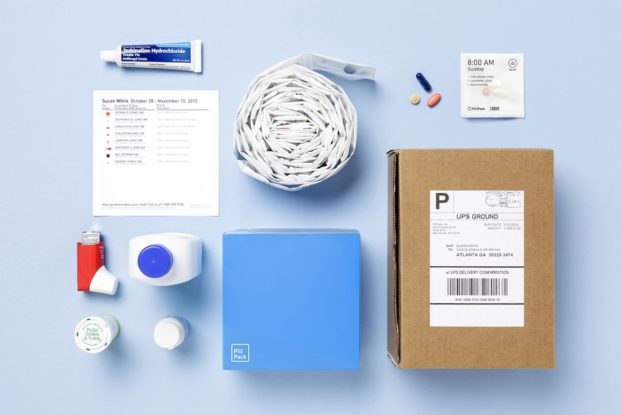
2. IBM
IBM is a prominent example of the corporate world who have intensely focused on design thinking and expanding their internal design team. IBM is the example of "Work pay off" as IBM got 301%(!) ROI by investing in design thinking. The appreciable thing about IBM is that they have opened up their enterprise design thinking assets with everyone through their open toolkit.

3. Golden Gate Regional Center
The Design thinking of the golden gate regional center was described very well by The Harvard Business Review Article- Better Service, Faster: A Design Thinking Case Study. GGRC is an organization which offers the services and financial support to the people in San Francisco Bay.
To refine the lengthy assessment process, GGRC worked with the design students of Harvard University, which almost took one month. The best outcome of this survey was the "Design thinking process". GGRC changed their inside culture towards the Design and started brainstorming to improve their ideas and figuring out the best ways to prototype.

4. Bank of America
Bank of America is one of the classic design thinking examples I have read about. Invision has shared their case study in which they have written the story of how they partnered with the design consultancy IDEO in 2004 to understand the scenario of making people open bank accounts. They came with the idea, "Keep the change." This successful banking initiative came from the design thinking process of the IDEO team. During the procedure, the team found that savers were rounding up the while writing check.
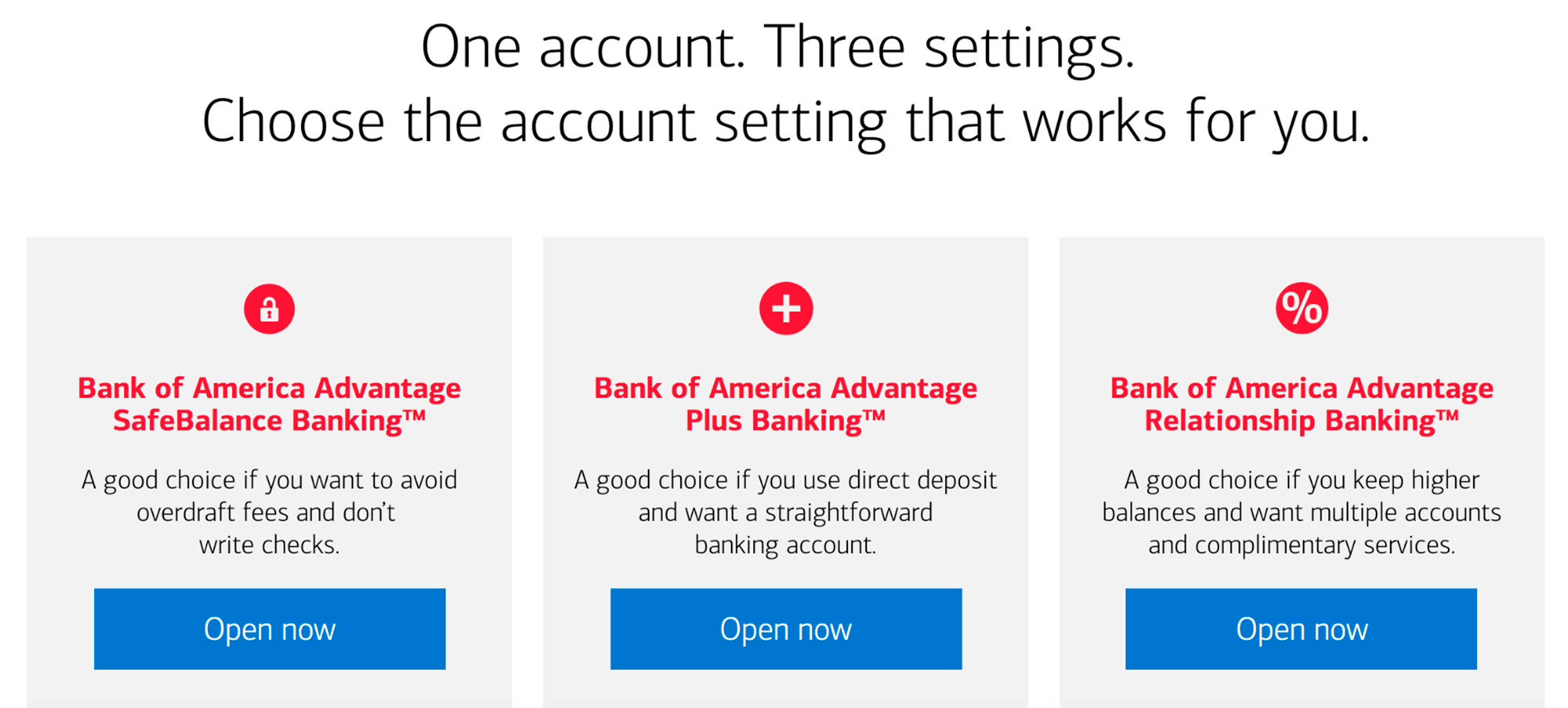
5. Stanford Hospital
Design thinking is even growing in the medical world. The best example of design thinking in the healthcare world is Stanford hospital. The case study has described how in 2 days of the design thinking process is used to explore and improve the patient experience in the emergency room.
Not even inpatient experience, Stanford hospital also uses the design thinking process to envision the other involvement in the hospital. Hospital staff working on the nursing units to redesign and serve only patients with the hospital.

Common Mindsets
Below are certain mindsets that govern design thinking:-
1. Foresight
Avoid getting stuck with your previous work when it comes to ideas. Try to innovate based on your picture for the future. Let the vision pave the way for your thinking.
2. Get Inspired
Go to a place that is conducive to thinking and learning. Be around things that inspire and set your inspirations for creative ideas.
3. Uncertainty Works
Everything can't be known in the beginning. It is essential to understand that even the thought process goes in a flow. Certain answers strike eventually as you become familiar with the users' response to your product or business.
4. Practical View
Do do…you will learn only by doing. Stop overlooking things. Put your ideas into use. Whatever ideas you have, apply them practically and see how they work.
5. Head to Hands
Don't let your ideas tumble in your head. Whenever an idea makes its way, try to get it into force and view it as a tangible thing. Put your ideas into action as soon as they arise either through sketching, discussing or prototyping.
6. Visual Impact
Visual aids are an excellent source for communicating the information. They give a clear definition of your ideas and establish a great connection with the users.
7. Fail to Nail
Remember, it is okay to fail. There will come a time when you will experience failure, and it is this failure that will hone your design thinking process. You will benefit if you fail earlier, as it will save on your time and budget later.
Design Thinking Process
Let us distinguish the design thinking process with the usual innovation process. The regular innovation process consists of 4 stages – ideate, define, Design, and develop. These stages have to be synced efficiently to foster innovation in an organization. On the other hand, the design thinking process has five stages- empathize, define, ideate, prototype, and test. As such, these are not steps as the process is not stringent with the order to be followed.
Design Thinking.
Instead, design thinking welcomes the multi-dimensionality of a dynamic process, and we have the liberty to juggle the stages in a manner that complies with our workflow or turns the thinking process awesome. The process brings out more ideas and refers to more choices. It is then our decision to turn the fate of these ideas by making our choices. The design thinking process is more of a diverging and converging process as against the linear innovation process.
Yes, in a way, it MAKES THE BEST PRACTICES OF AGILE DEVELOPMENT, iterative development, user experience, creativity, prototyping, and testing shine. It enforces a framework to deal with problems and stimulate innovation. Following are the stages of design thinking:
Empathize
Empathizing is central to the design thinking process. It highlights the significance of listening to the requirements and wants of our customers relative to the particular problem. The approach aids us in saving our discoveries and learnings during this stage in a systematic way, such as empathy maps.
Define
Here we combine all the insights collected at the time of listening and observing people. We start to synthesize and face the challenge ahead of us. That means we begin to define a problem. An aspect that design thinking proves vital at is clearly framing a problem so that we end up devising solutions and exploring opportunities. Try framing the problem correctly so that more avenues and solutions open up.
Ideate
So, now as the problem or the opportunity is clearly framed, we can search for methods to handle it. We should spur as many ideas as possible. Yes, we brainstorm or ideate. Design thinking stresses that during this phase, we shouldn't ignore ideas that seem obvious or easy. Any idea can sprout a brilliant concept. So, make sure to look into every idea with a fresh mindset.
Design thinking even encourages a team approach to brainstorming and very rightly promotes multi-disciplinary teams that bring across varied outlooks. This produces better outcomes. To finalize this stage, we shortlist the best and leave the rest.
Prototype
Prototyping brings the solutions into vision. Different methods are involved in it, such as sketching, rapid prototyping, and many others. No matter whatever process you opt for, the core purpose of this stage remains the same; that is, we intend to create rough drafts of solutions to decide if these will prove beneficial for the problem.
As advised, follow a simple, speedy, and economical approach while prototyping. Looking at its context, a prototype can later transform into a beta product or a minimal viable product (MVP).
HIRE OUR EXPERIENCED AND SKILLED DESIGNER
Test
In this stage, we test our prototype with the customers to monitor the response and deem whether the solution satisfied them or not.
The Power
Thinking in Design empowers the designers to create the right features for the right people. IT DEFINES THE USER EXPERIENCE CLEARLY as a whole, not merely in terms of interaction and visual design. It ensures that designers deal with real user problems and thus avoid creating something undesirable. Design thinking gives the edge to pass the right decisions when it comes to forming features.
Yes, building features are simple; however, the real trick lies in forming the right features for the right people. The concept allows the designers to pose the right questions, create the right features, and engage with the clients effectively. They can do the calculation as to whether a particular feature will fit in the product or not or if it will serve a real user problem?
Top 3 Design Thinking Books Every Designer Must Read
- Design Thinking: Process and Methods Manual - AMAZON
- Change by Design: How Design Thinking Transforms Organizations and Inspires Innovation - AMAZON
- The Designing for Growth Field Book: A Step-by-Step Project Guide - AMAZON
Wrap Up
So this was it. To sum up, design thinking is an intricate, proven, and rational approach to a new product design that should be given a thought during the product framework in an organization. Of course, it can't happen overnight or emerge unless there is someone who adheres to the concept. But it is highly recommended for companies who are keen on establishing a more interactive and holistic approach to Design.
